What Role Is Scraping Social Media Sentiment for E-Commerce Product Launches Playing in 70% Sales Growth?
Sep 30
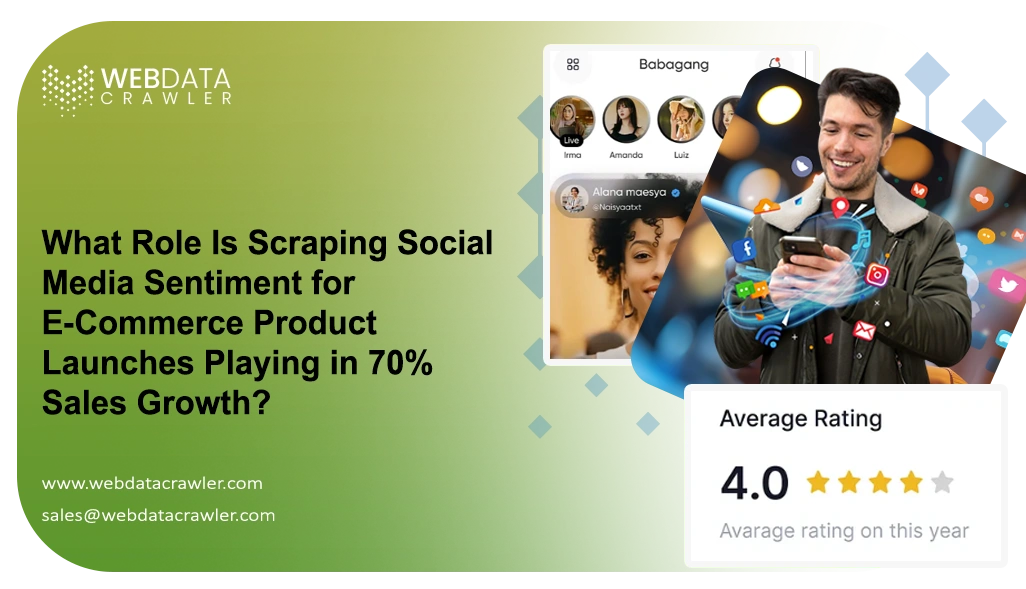
Introduction
In today’s digital-first landscape, Scraping Social Media Sentiment for E-Commerce Product Launches has emerged as a strategic advantage for businesses. Social media platforms generate massive amounts of consumer data every second, including opinions, reviews, and emotions that directly impact brand reputation and product success. With billions of active users, platforms like Twitter, Instagram, Facebook, and TikTok are goldmines for brands aiming to decode customer intent before and after product launches.
E-commerce businesses have realized that structured insights derived from Social Media Data Scraping are far more reliable than intuition or guesswork. By measuring positive, negative, or neutral sentiments, companies can identify what excites buyers, what frustrates them, and how these emotions translate into purchase behavior. In fact, studies show that product launches supported by sentiment analysis are up to 70% more likely to exceed revenue expectations compared to campaigns without consumer insight integration.
The value lies not just in gathering mentions but also in analyzing them in real-time to understand market reactions. When a new product enters the market, even the slightest sentiment shift can influence its success trajectory. This blog explores six major problem-solving areas where social sentiment scraping empowers e-commerce businesses to optimize launches, minimize risks, and maximize sales growth.
How Pre-Launch Audience Insights Shape Brand Success?
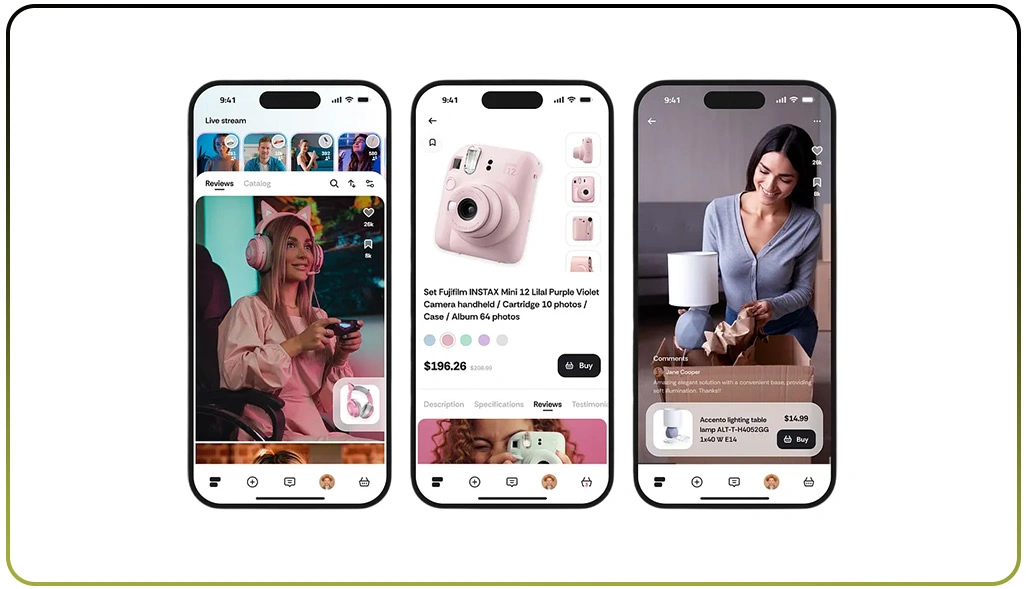
Before introducing a product to the market, understanding audience expectations becomes essential. Many e-commerce launches fall short not due to flaws in product design but because of limited insight into customer perceptions. By analyzing consumer sentiment, brands can anticipate reactions, refine product features, and build stronger pre-launch strategies that align with market needs.
Recent studies show that 78% of businesses using sentiment-driven research before launch are more likely to hit their sales targets. This approach helps teams move beyond assumptions or generic surveys by accessing real-time feedback that reflects consumer excitement, hesitation, or disappointment. By choosing to Extract Social Sentiment Data for E-Commerce Marketing, brands gain actionable insights into features, pricing, and competitor positioning, enabling smarter strategies and stronger outcomes.
For example, a company launching a new smartphone can analyze thousands of posts about rival devices to uncover concerns over battery life or camera performance. These insights guide them in positioning their product as a superior alternative.
Pre-Launch Sentiment Insights Across Categories:
| Product Category | Positive Mentions | Neutral Mentions | Negative Mentions |
|---|---|---|---|
| Electronics | 52% | 28% | 20% |
| Fashion Apparel | 46% | 34% | 20% |
| Home Appliances | 49% | 31% | 20% |
This structured analysis prevents costly missteps and ensures campaigns align with what consumers actually want. Sentiment data creates a roadmap that transforms a new product from an uncertain launch to a well-received market entry.
Why Monitoring Live Campaign Reactions Matters Most?
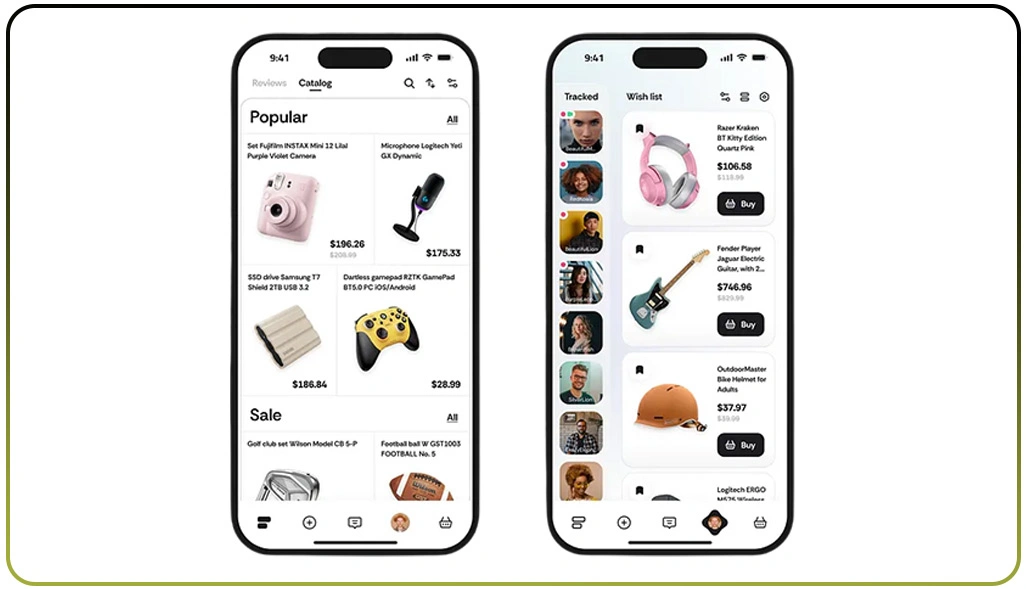
Once a product launch begins, timing becomes everything. The internet can amplify consumer reactions within minutes, influencing sales positively or negatively. Using Scraping Social Media Sentiment for E-Commerce Product Launches, brands can track real-time mentions, hashtags, and customer feedback to understand how audiences are reacting during campaigns.
Research shows that 74% of consumers trust peer recommendations over traditional advertising. This means that posts, tweets, and online discussions carry more weight than carefully designed marketing slogans. By scraping campaign-specific conversations, companies can quickly detect whether their product is being received with enthusiasm or skepticism.
For example, a clothing brand might find high praise for its eco-friendly materials but criticism over delivery delays. Instead of waiting for quarterly reviews, the brand can fix logistical challenges immediately, preventing long-term reputational damage.
Real-Time Campaign Sentiment Example (Launch Week):
| Platform | Positive Feedback | Neutral Feedback | Negative Feedback |
|---|---|---|---|
| 7,800 | 3,100 | 2,300 | |
| 10,200 | 4,600 | 1,900 | |
| TikTok | 6,400 | 2,700 | 1,500 |
This ability to adapt in real-time turns unpredictability into opportunity. Launch campaigns become less risky because companies can refine messages, reallocate ad spending, or even introduce quick product updates based on what customers are expressing.
Competitive Comparisons That Guide Strategic Decisions

No product launch exists in isolation. Competitors are constantly shaping consumer expectations, making benchmarking essential. By applying sentiment analysis, businesses can compare their product reception with rivals and spot opportunities to differentiate. With tools powered by Enterprise Web Crawling, even large-scale data across multiple competitors can be captured and analyzed effectively.
A report by Deloitte indicates that companies benchmarking against competitors are 55% more likely to exceed industry average growth. For instance, if a competitor’s newly launched gadget faces negative feedback due to poor durability, your brand can emphasize superior build quality. Similarly, when competitor pricing sparks frustration, positioning your product as value-for-money creates a clear advantage.
Sample Competitor Sentiment Comparison:
| Competitor Brand | Positive Sentiment | Negative Sentiment | Common Feedback Issue |
|---|---|---|---|
| Brand A | 42% | 33% | Too expensive |
| Brand B | 38% | 28% | Weak durability |
| Your Brand | 55% | 16% | Strong community buzz |
By consistently comparing sentiment insights, brands not only identify areas of improvement but also ensure that their messaging resonates better than that of competitors. This proactive approach transforms competitive pressure into strategic growth opportunities.
Capturing Customer Experience Insights After Launch
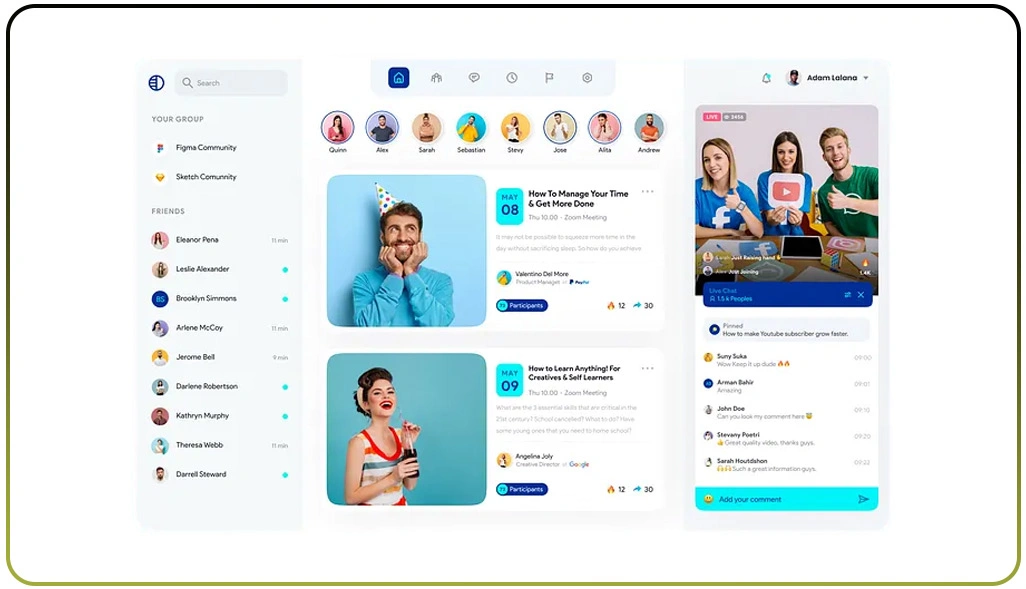
Launching a product is only the first step; sustaining its success depends on how customers experience it afterward. By relying on Web Scraping Reviews, Posts, and Tweets About Product Launches, businesses can uncover authentic feedback that reflects real-world performance.
Statistics show that 91% of buyers trust online reviews as much as personal recommendations. By scraping these conversations, companies can identify recurring themes in praise or criticism. For example, while a tech product may receive applause for innovation, many buyers might complain about the complexity of setup. These insights are crucial for optimizing user experience and avoiding long-term dissatisfaction.
Post-Launch Customer Experience Insights:
| Feedback Theme | Percentage of Mentions | Business Action |
|---|---|---|
| Performance praise | 68% | Continue current promotion |
| Setup complexity | 18% | Offer tutorials & guides |
| Delivery issues | 14% | Improve logistics support |
This data-driven approach allows businesses to strengthen retention strategies. Addressing issues promptly not only improves satisfaction but also builds credibility, ensuring customers recommend the product to others.
Scaling Sentiment Tracking With Automated Tools
In the era of global e-commerce, brands must track millions of conversations daily. Manual monitoring is inefficient and prone to errors. With Automated Sentiment Analysis From Scraped Social Data, companies can scale their efforts without losing accuracy.
Automation enables brands to measure reactions across multiple platforms like Twitter, Reddit, Instagram, and TikTok simultaneously. More importantly, Web Scraping Social Media Platforms ensures continuous pipelines of structured data, making insights more actionable and reliable.
According to Gartner, 65% of global brands already use automated sentiment systems to improve marketing outcomes. By automating, businesses cut analysis time by 70% while increasing accuracy.
Benefits of Automated Sentiment Analysis:
- Speeds up real-time monitoring and reporting.
- Increases accuracy across different languages.
- Provides consistent insights at a global scale.
- Reduces manual workload and errors.
- Enables predictive modeling for future campaigns.
Automation doesn’t just make tracking manageable; it makes it profitable by turning raw data into predictive insights that improve campaign effectiveness.
Building Stronger Loyalty Through Emotional Insights
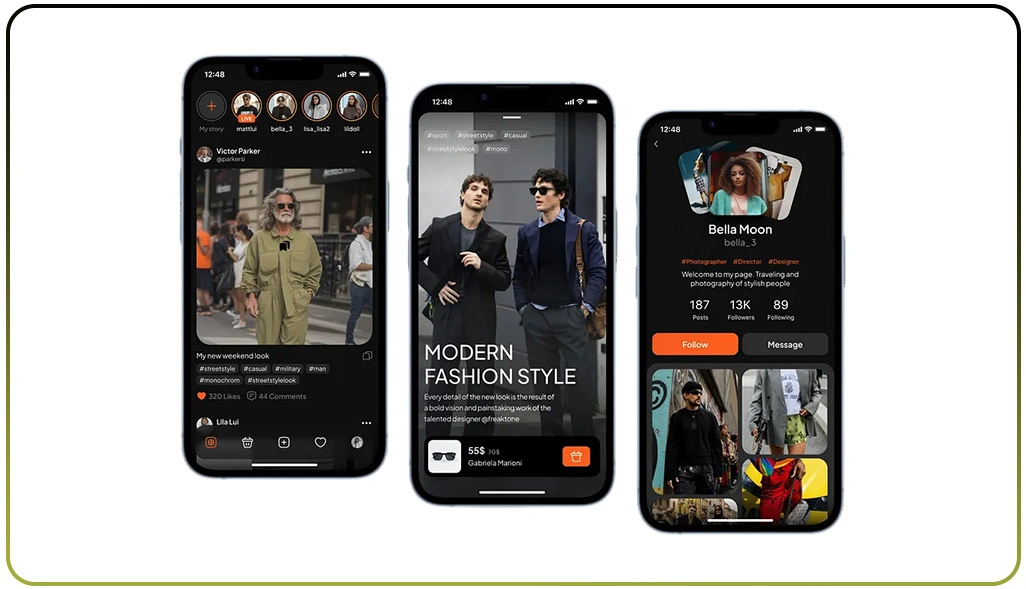
Beyond sales figures, long-term success depends on customer loyalty. Emotionally engaged customers are significantly more valuable, with lifetime value increasing by over 300% compared to disengaged buyers. By applying Social Media Sentiment Analysis, brands can uncover what emotionally resonates with buyers and build strategies to strengthen those connections.
Sentiment-driven engagement helps brands personalize communication, improve product updates, and show genuine responsiveness. Customers who feel understood are more likely to stay loyal, recommend the product, and defend the brand against criticism.
Sentiment-Driven Loyalty Strategies:
- Responding personally to critical reviews increases trust.
- Tailoring loyalty campaigns to feedback boosts retention.
- Analyzing sentiment shifts helps adapt to trends.
- Engaging authentically in conversations builds credibility.
- Addressing recurring issues creates lasting satisfaction.
When businesses prioritize emotional connections, they create advocates rather than just customers. This turns one-time buyers into repeat purchasers who contribute to long-term growth and brand sustainability.
How Web Data Crawler Can Help You?
Businesses often struggle to translate consumer opinions into actionable strategies. With expertise in Scraping Social Media Sentiment for E-Commerce Product Launches, we provide scalable solutions tailored for e-commerce businesses. Our services enable brands to monitor pre-launch conversations, track live campaign sentiment, and analyze post-launch customer experiences.
Here’s how we support your journey:
- Collecting structured consumer sentiment across platforms.
- Building scalable data pipelines for product insights.
- Delivering competitor benchmarking reports.
- Identifying sentiment trends across regions and demographics.
- Automating real-time monitoring dashboards.
- Enhancing data accuracy with advanced AI-driven models.
By partnering with us, businesses can simplify decision-making, minimize risks, and strengthen sales outcomes. Our solutions also support Extract Social Sentiment Data for E-Commerce Marketing, helping brands grow with reliable consumer insights.
Conclusion
Brands that integrate Scraping Social Media Sentiment for E-Commerce Product Launches into their strategies experience higher launch success rates and improved customer alignment. It is no longer optional but essential for businesses aiming for long-term relevance in a highly competitive e-commerce landscape.
Moreover, applying Social Media Sentiment Analysis ensures a continuous cycle of feedback-driven improvements, paving the way for stronger loyalty, higher retention, and greater profitability. Get in touch with Web Data Crawler today to transform social sentiment into your next competitive advantage.